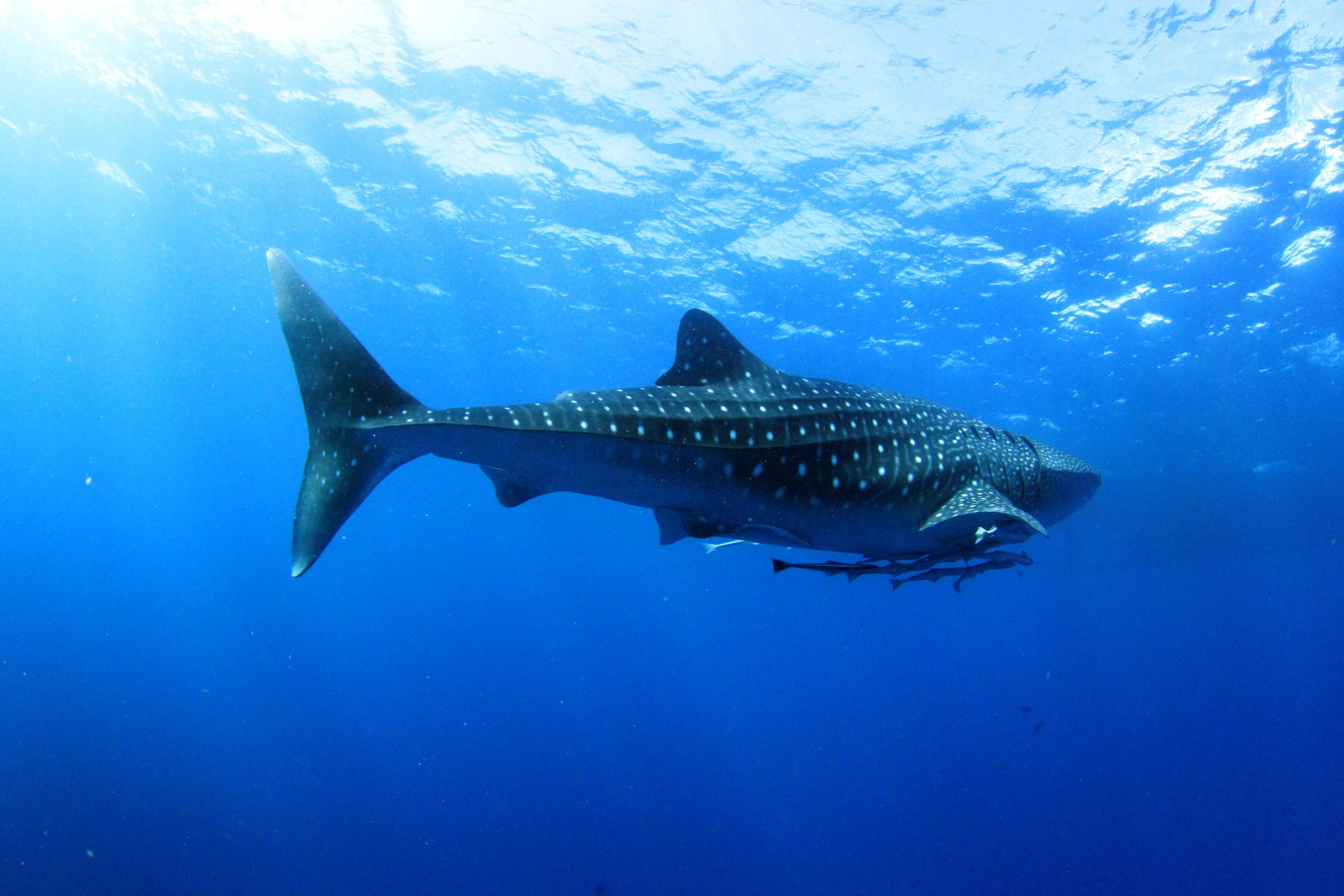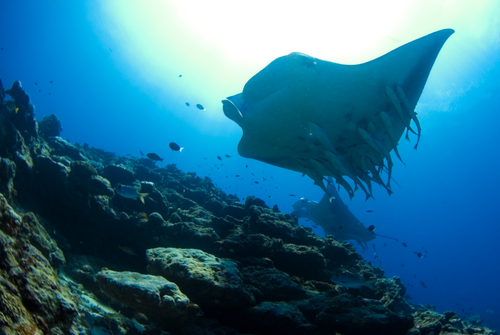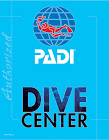
Liveaboard Diving – Eat, Sleep And Dive!
Liveaboard Diving provides the opportunity to get the best out of diving at the worlds best dive spots, with everything organised for you ahead of your trip.
Liveaboards are large dive boats with accommodation on board that travel to various sites in one trip, most have the option of 4 dives a day – early rise dive, mid morning, afternoon and sunset. You live – a – board the boat for the whole trip and in-between dives you get to relax and eat tasty local food.
If you love diving then a liveaboard trip is for you!
Here are 5 good reasons why you should make liveaboard diving a regular experience:
1. You Can Dive Remote Sites
On a liveaboard you are able to reach the more remote dive sites and visit sites that are out of reach by day trip – sometimes ending up several hundred kilometres away from your departure point. This means that the best dive sites can be handpicked to guarantee some amazing encounters. Going to remote areas often means better dive sites and less crowded conditions. Your boat may be the only one on the dive site when you arrive!
2. It’s Great Value For Money
Very often a liveaboard is better value than diving from a resort or on day trips. The trip price includes up to 4 dives a day, plus meals, refreshments and your accommodation. At some diving locations around the world a hotel room works out more expensive then the daily liveaboard rate. On top of that you may have the cost of meals and drinks and of course the diving itself – do the maths, it’s not a myth 🙂
3. It’s Easy and Convenient
Liveaboards make diving very convenient. You get picked up from your hotel or the airport and taken to the boat pier to board the boat. Once onboard your gear is set up in your own space on the dive deck so you spend very little time getting ready in between dives. The boat crew change your tank for you after each dive and many boats have staff waiting with hot towels and drinks as you step out of your wetsuit too! While travelling to the next dive site you get to relax or sunbathe, enjoy the scenery and of course EAT!

Manta Ray encounters
4. You Encounter Awesome Marine Life
With so many dives per day as well as the opportunity to get to unspoilt sites that are far from shore, you are more likely to get to spend time with those creatures that you long to see! For example in the Similans you dive at least twice on Koh Bon on the 3+ day liveaboards – so 2 chances of diving with the majestic manta rays that are regularly seen there.
5. You Meet Interesting People
On a liveaboard it is very likely that you’ll get to know the other divers onboard and the social meal times are definitely a big part of the experience of the trip. Divers can come from all over the world and all walks of life and professions.
Some of your fellow divers will have dived in other parts of the world and its always interesting to hear about their experiences and what their opinion is of certain dive locations. You can gain valuable information and advice while making new friends too!
So don’t delay! Book your liveaboard diving trip today and get a super early bird discount with us!
Have a look at all our liveaboard trips departing from Phuket to The Similan Islands, Myanmar and Hin Daeng.
For additional information enquire HERE






